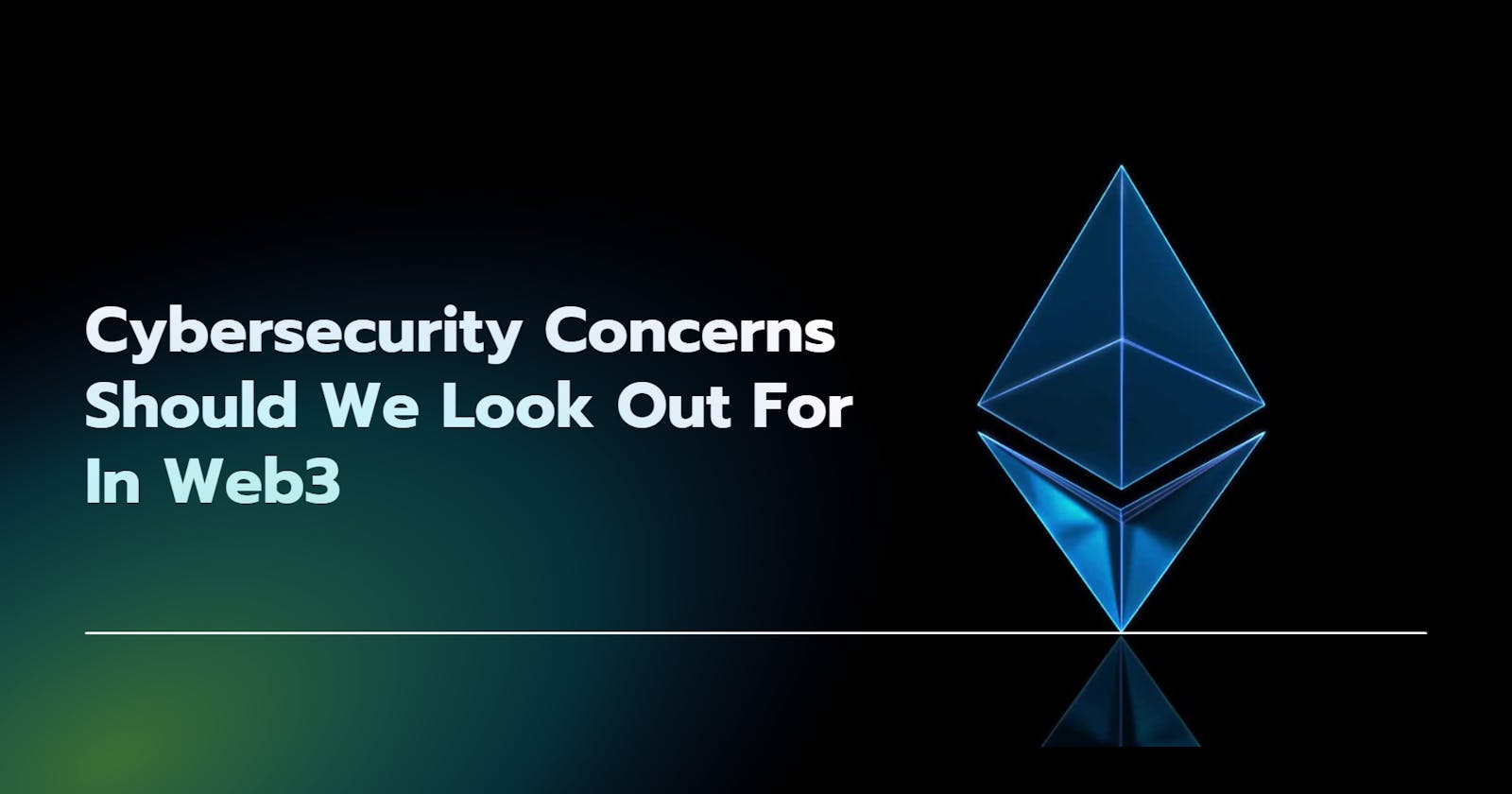Web3 is a new type of web that will completely change the way we interact with the internet. What are some cybersecurity concerns that Web3 will pose to businesses and individuals in the future?
What is Web 3.0?
The future of the internet is often referred to as Web 3.0. This refers to the next stage of the internet, where the web is more interactive and intelligent. The term was first coined by Tim Berners-Lee, the inventor of the World Wide Web.
Web 3.0 will be a more Semantic Web, where data is better organized and can be understood by machines. This will allow for new applications and services that we can't even imagine today.
However, with this new level of interactivity comes new cybersecurity concerns. As data is increasingly shared and interconnected, it becomes more vulnerable to attack. We need to be aware of these risks and take steps to protect ourselves.
Benefits of Web 3.0
The development of Web 3.0 is bringing many benefits to users across the globe. Increased speed, security, and privacy are just some of the advantages that Web 3.0 offers. However, with these new technologies come new cybersecurity concerns. Here are some of the things to look out for:
1. Malware:
One of the biggest dangers of using the internet is downloading malware. This malicious software can infect your computer and give hackers access to your personal information. Be sure to install reliable antivirus software on your devices and keep it up-to-date to protect yourself from malware attacks.
2. Phishing scams:
Another common cyber threat is phishing scams. These fraudulent emails or websites imitate legitimate businesses in an attempt to trick you into revealing personal information such as your passwords or credit card numbers. Be cautious when clicking on links or opening attachments from unknown senders, and never respond to requests for sensitive information via email or pop-up windows.
3. Identity theft:
Identity theft is a serious concern in our digital age. Hackers can steal your personal information such as your name, Social Security number, and date of birth to commit fraud or take over your financial accounts. To protect yourself, never share your sensitive information online or over the phone unless you are certain you are dealing with a trusted source. You should also regularly check your credit report for signs of identity theft such as unauthorized activity or new accounts opened in your name.
Decentralized Identity Management (DIDM)
There is no doubt that the internet has revolutionized the way we live, work, and play. It has also created new opportunities for criminals to exploit vulnerabilities in our online lives. One of the most significant cybersecurity concerns associated with the rise of the internet is decentralized identity management (DIDM).
DIDM refers to the decentralization of identity management systems and data. This means that instead of there being a central authority that controls and manages our personal data, it is distributed across a network of nodes or devices. While this sounds like a good thing, it actually creates more opportunities for criminals to access our personal information.
There are several reasons why DIDM is a concern:
1)It makes it difficult to track who has access to our personal data: When data is decentralized, it is spread out across many different devices and locations. This makes it difficult to track who has access to our personal information and makes it more likely that data will be leaked or stolen.
2)It increases the chances of data breaches: With so many different nodes storing our personal data, the chances of one of them being breached are increased. If just one node is compromised, all of our personal information could be at risk.
3)It gives criminals more anonymity: Since there is no central authority controlling our personal data, criminals can more easily remain anonymous when they commit crimes online. This makes it harder for law enforcement to catch them and bring them to justice.
Conclusion
The rise of Web3 presents both opportunities and challenges for the cybersecurity community. On one hand, the decentralized nature of Web3 protocols makes it more resistant to attacks. On the other hand, the increased complexity of these protocols makes it more difficult to secure them. As we move forward into this new era of the internet, we need to be aware of both the potential risks and rewards that come with it. With careful planning and execution, we can make sure that our online experiences are safe and secure. It is important to be aware of the potential risks before embracing decentralization wholeheartedly.
